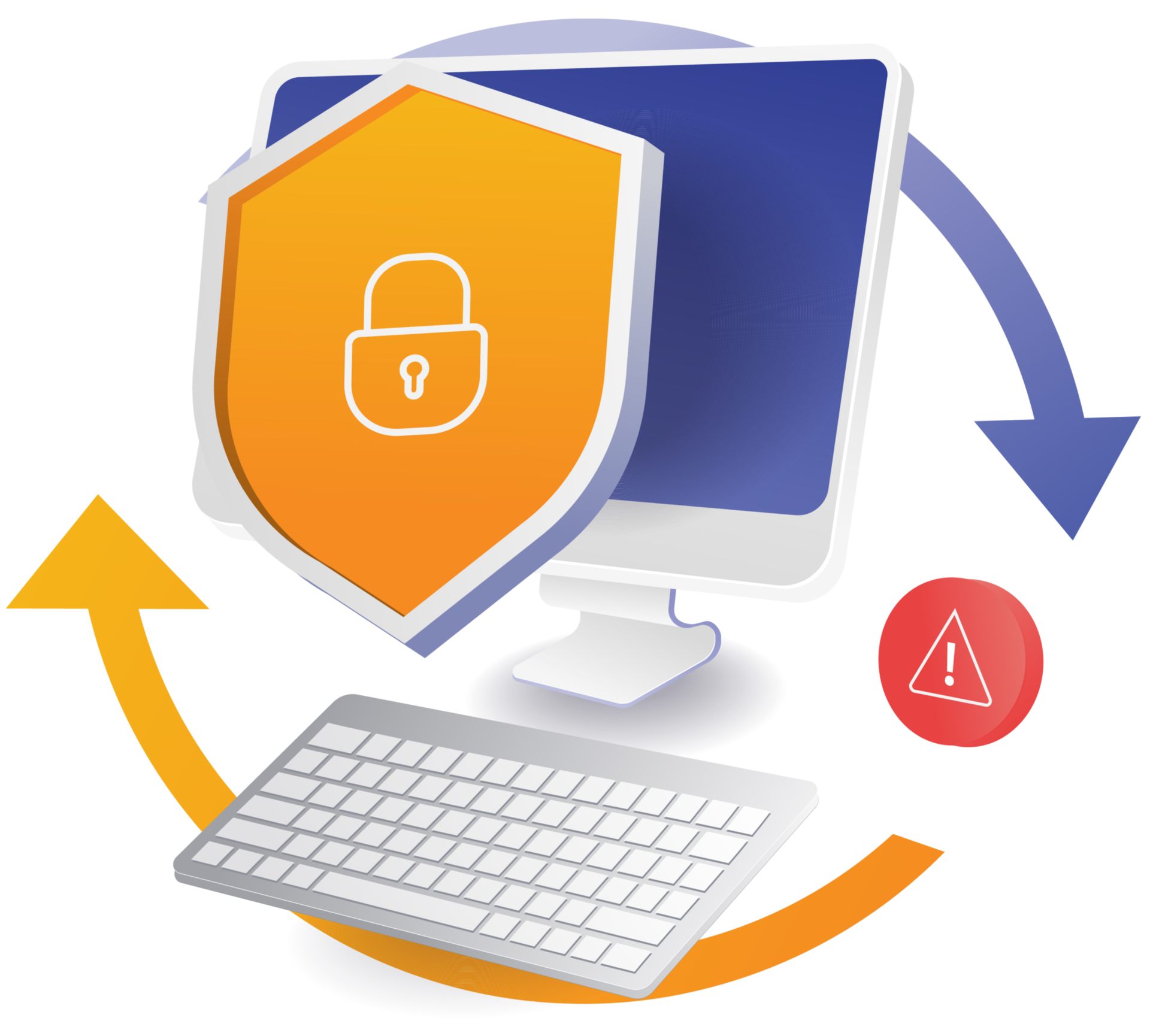Staff Cybersecurity Training
Cybersecurity Training Topics
Use these topics to learn how to protect our district from cybersecurity attacks! By understanding the threats and following these fundamental practices, you can significantly reduce the risk of a cyber incident at the district and foster a safer digital environment for everyone in the school community.
If you have any questions, contact our technical support team. We're here to help!
Phishing & Email Scams: Think Before You Click

Example Scenario
How to Spot a Phishing Email
What to Do If You've Been "Phished"
Malware & Internet Scams

Beware of Malicious Websites & Pop-ups
Beware of Vishing & Smishing
Only Download Files/Plugins from Trusted Sources
Beware of Email Attachments from Outside the District
"Trust but Verify" All Links
Be Mindful of Personal Device Use/Home Networks
Back Up Important Data
Strong Passwords & Account Security
Characteristics of a Strong Password
Real-World Example
Always Protect Your Credentials
Multi-Factor Authentication (MFA): An Extra Layer of Security
Why MFA Matters
Example Scenario
Use Our MFA, Cisco Duo
Device Security & Safe Technology Use

Keep Devices Updated!
Use Antivirus and Approved Software
Lock and Secure Your Devices
Keep Mobile Devices Safe
Practice Classroom Technology Safety
Use USB Drives and External Media Safely
Device Safety Best Practices Checklist
Protecting Student Data & Privacy
Use Secure Systems
Access Controls
Double-Check Recipients
Limit Data on Portable Devices
Clean Your Desk and Screen
Only Use/Recommend Approved Apps
Be Mindful of Social Media
Incident Response: What to Do If Something Goes Wrong
1. Don’t Panic, But Act Promptly
2. Report the Incident to TIS
3. Contain the Incident
4. Preserve Evidence Safely
5. Learn, Refine, and Stay Safe





